On Saturday morning we set out to visit the Chaxa Lagoon, a scenic location and rich feeding ground for flamingos and other animals.
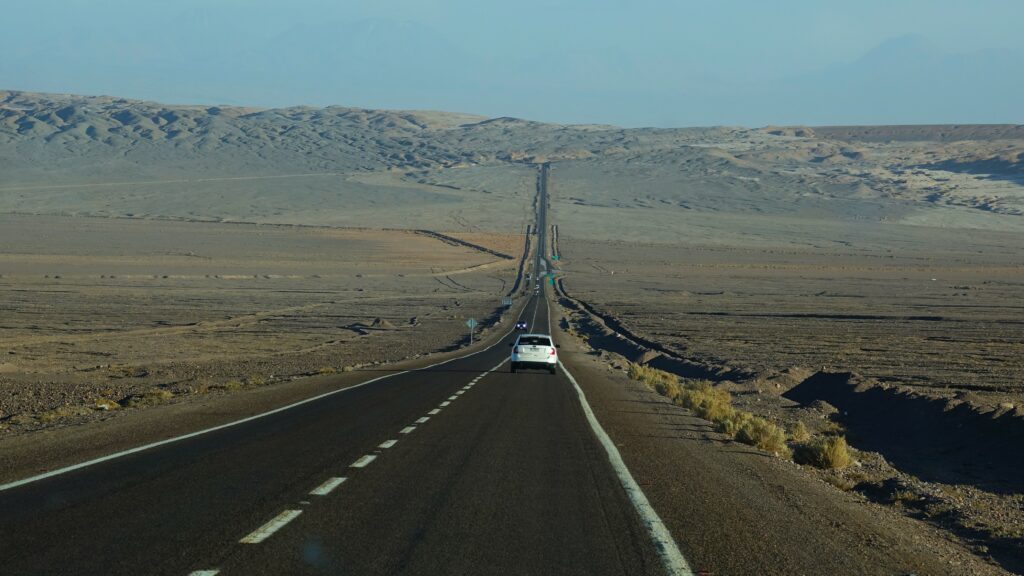
Travelling along the straight desert roads we occasionally saw guanacos, one of the two varieties of wild camelids that roam freely in the area. The others are vicuña and It is from these two wild species that the domesticated animals, llamas and alpacas, were originally bred.
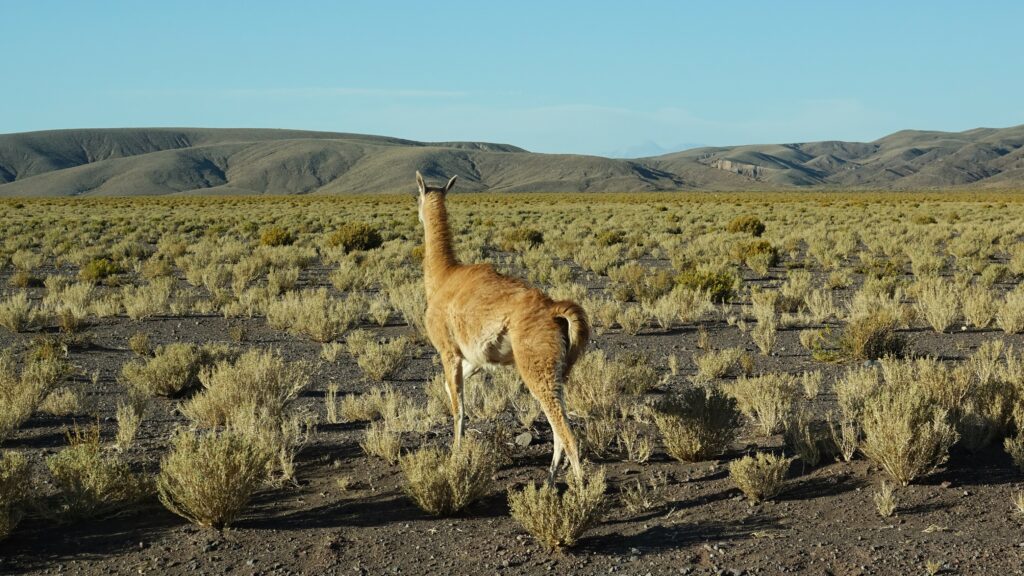
Chaxa Lagoon
Chaxa Lagoon is part of an expansive area of salt flats, nestled within a series of volcanic mountain ranges known as the ‘Ring of Fire.’

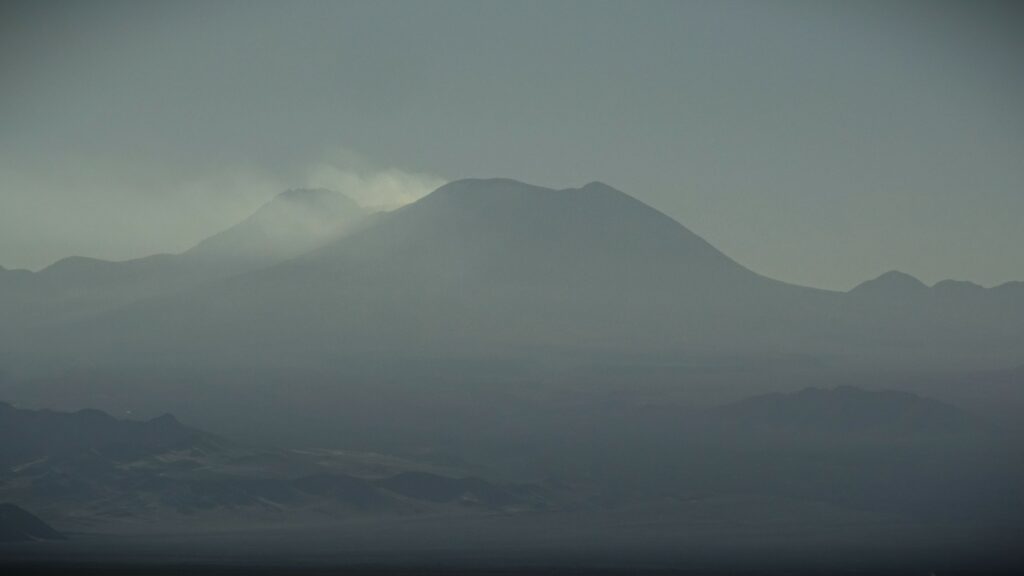
As we walked along the trackways we could see the distant volcanos, some still active, that generate the salt and other minerals deposited in the area.

The water table rises and falls as rain and snow meltwater flows from the mountains.
In the salt saturated pools we could see millions of the tiny brine-shrimps on which the flamingos feed.
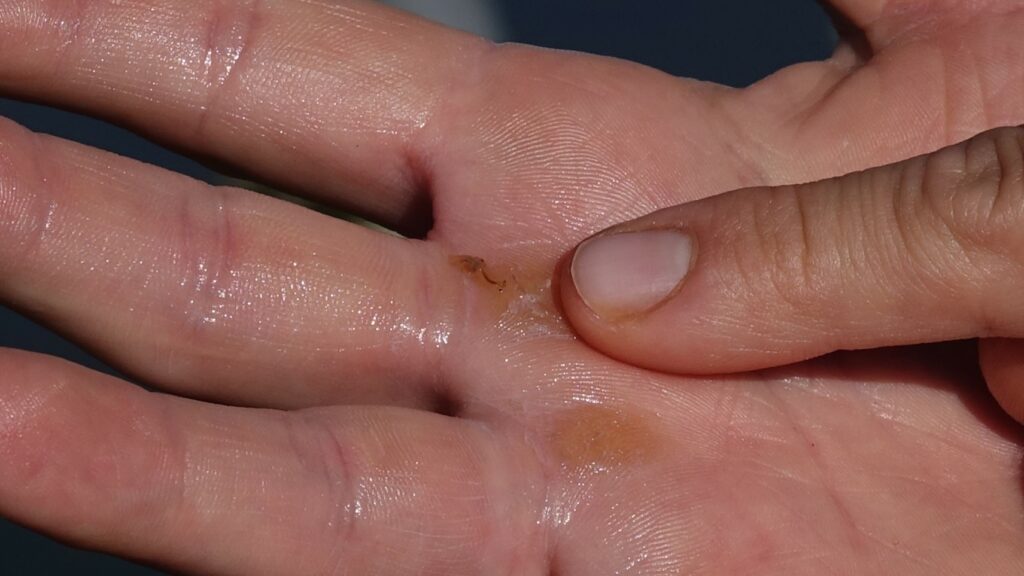
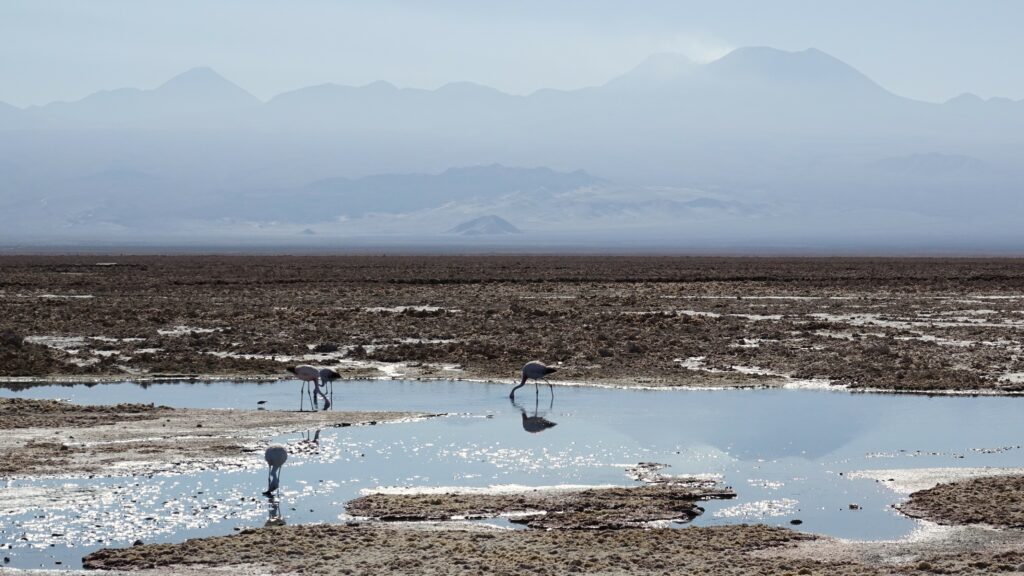
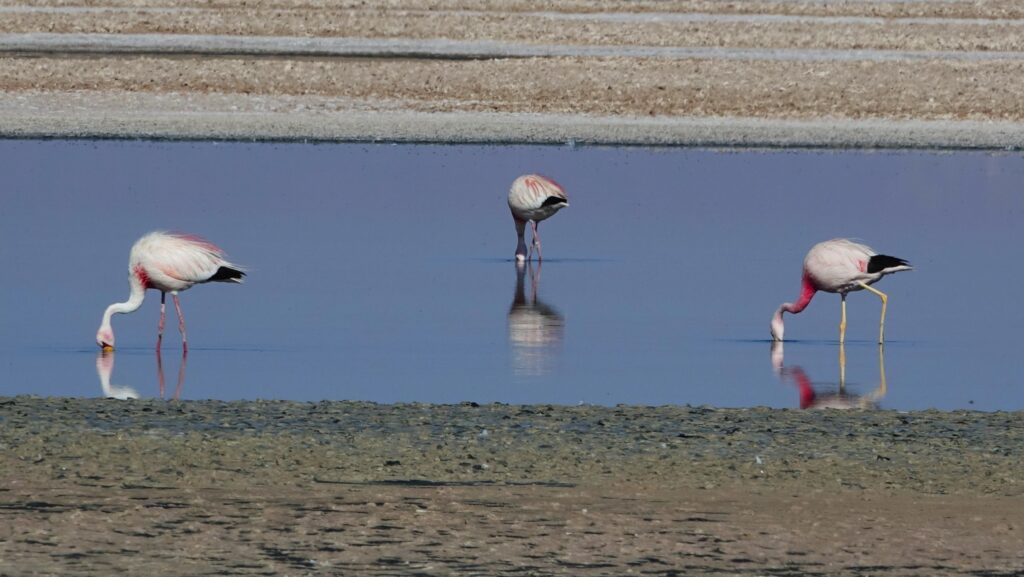
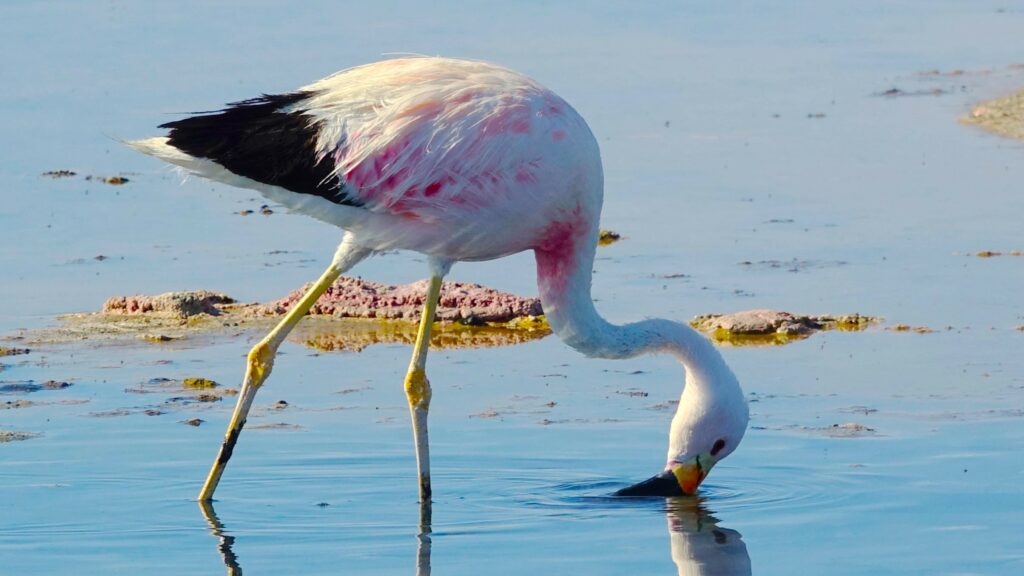
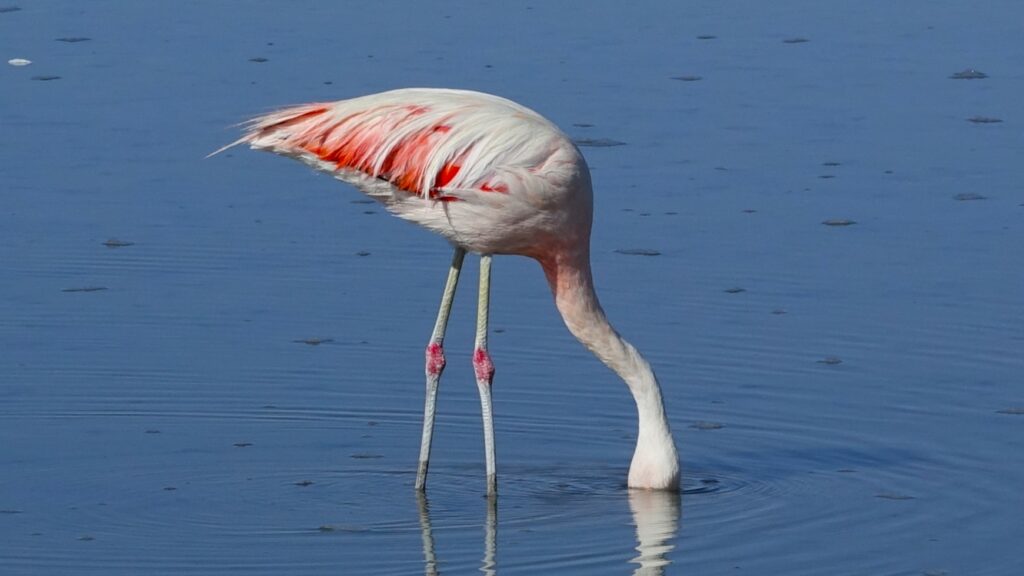
The shrimps in their diet cause the pink colouration in the flamingos’ plumage.
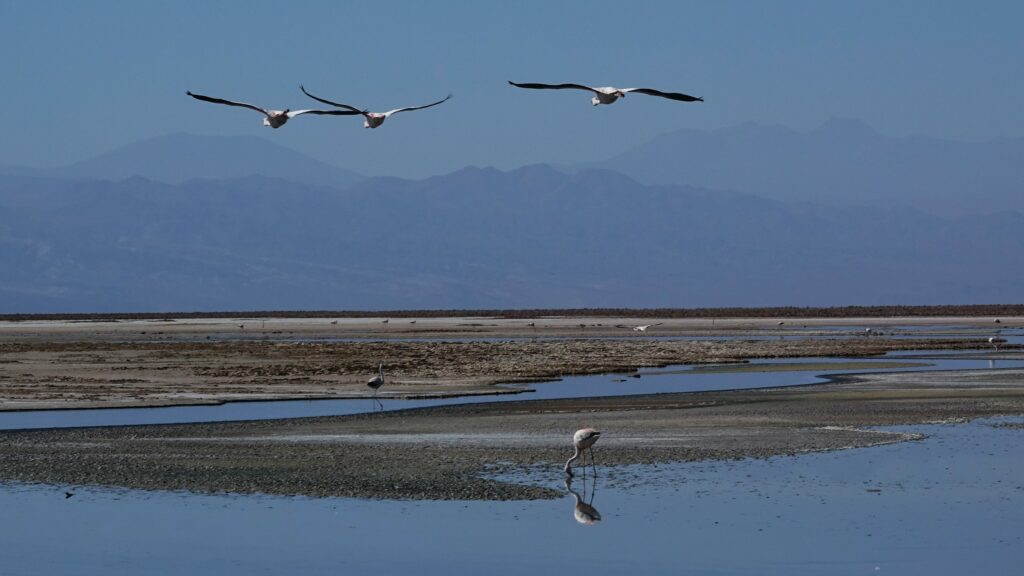
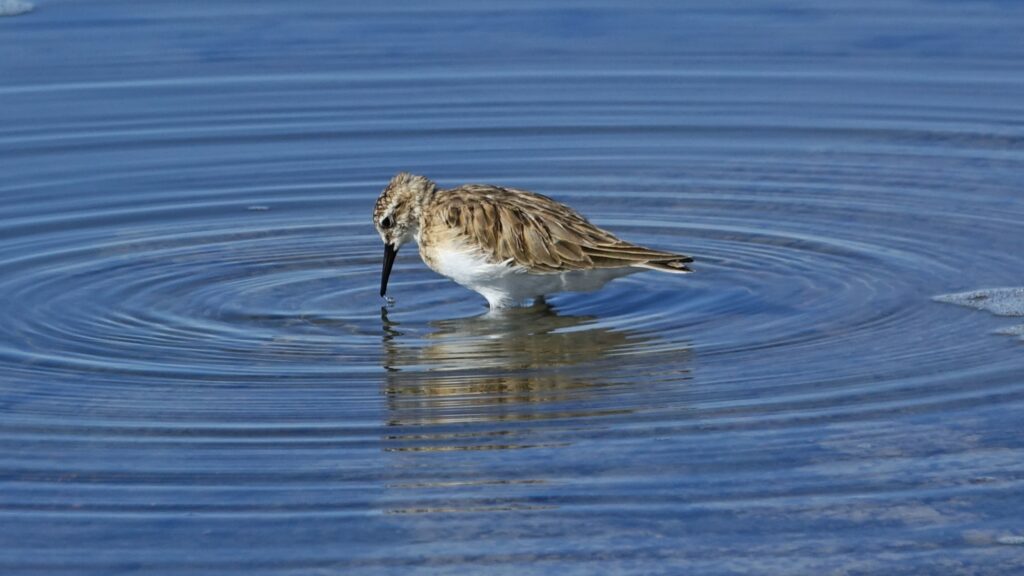
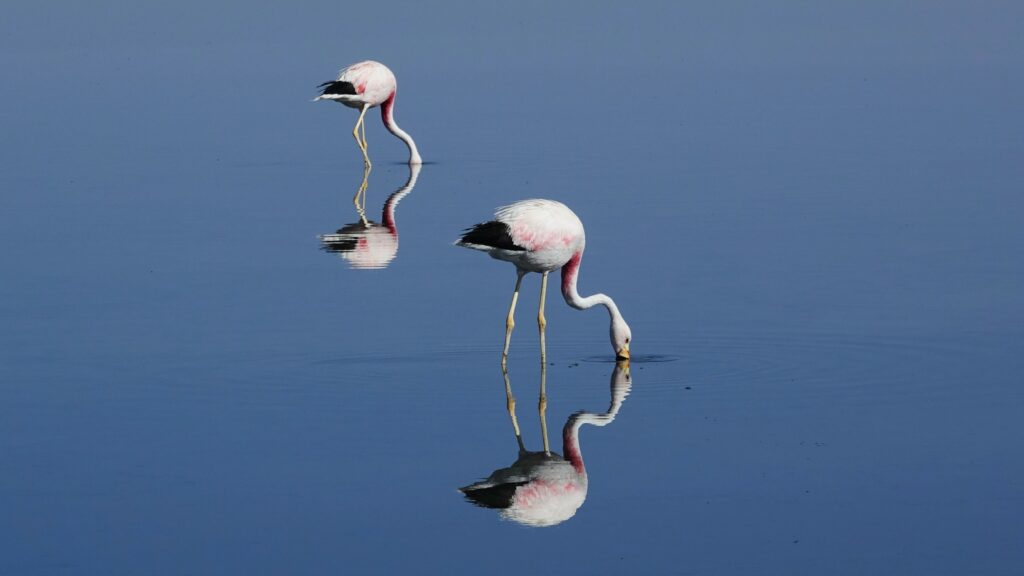
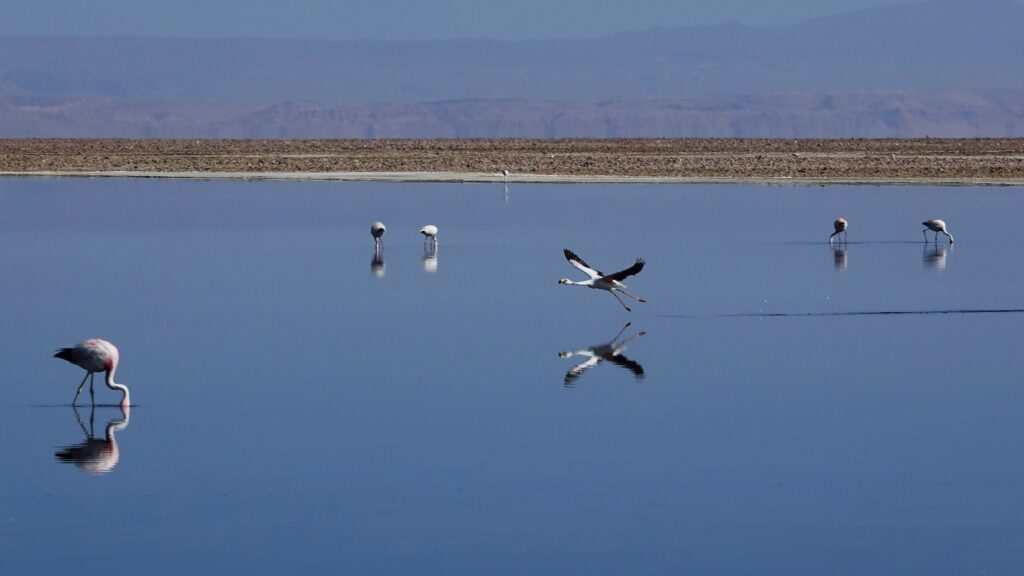
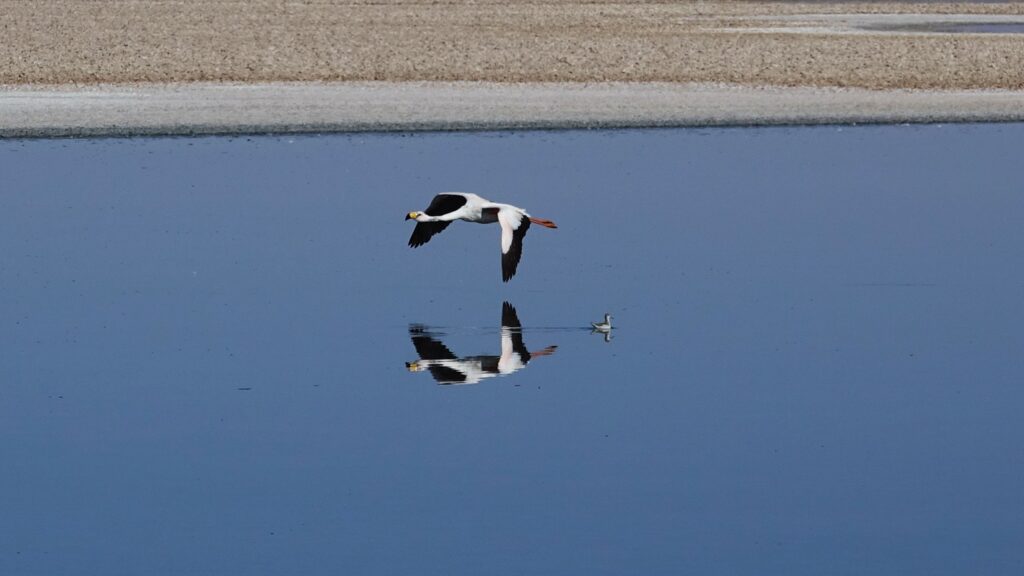


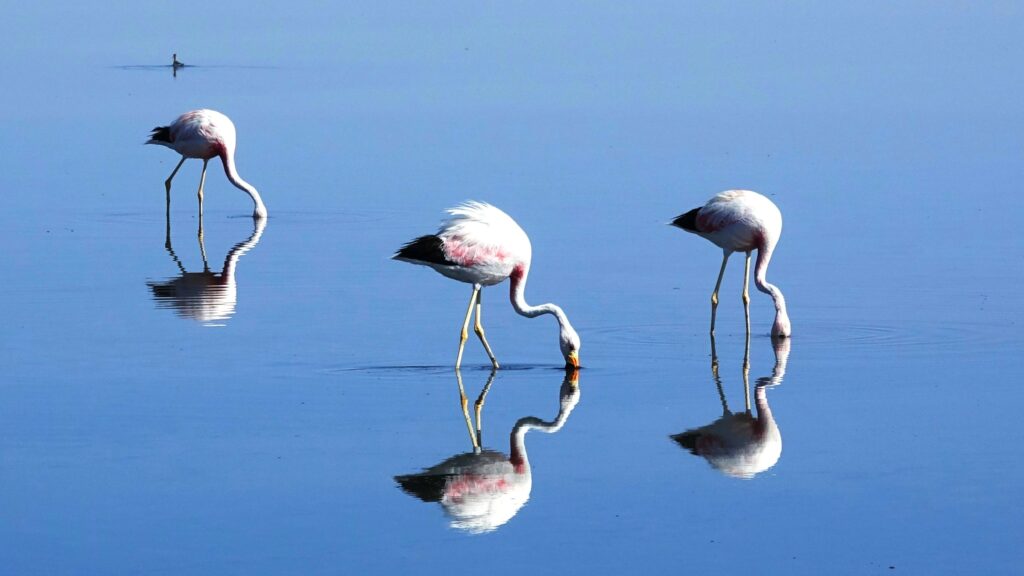
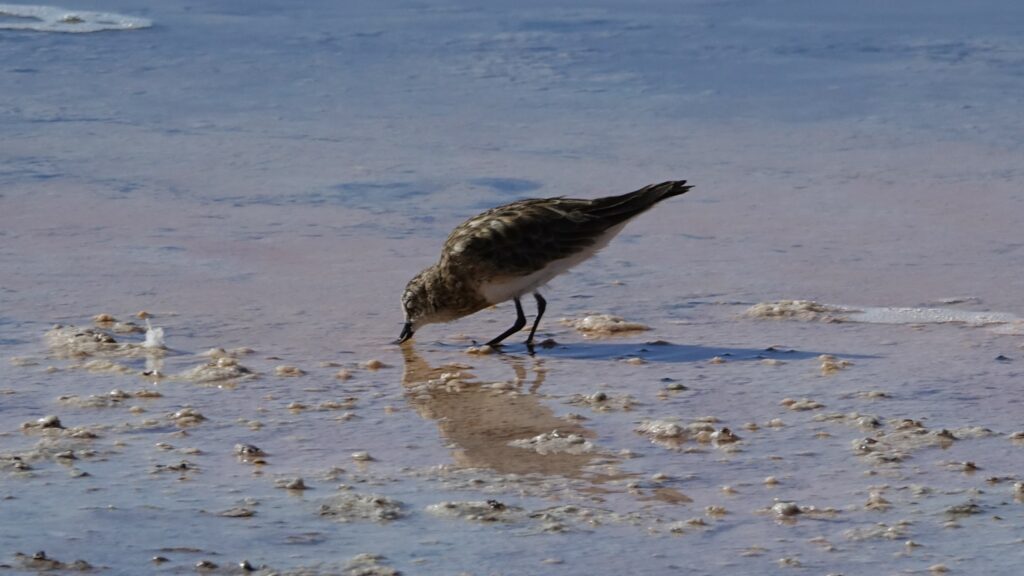

Moon Valley
In the afternoon we visited an area close to San Pedro which has been named ‘Moon Valley’ due to the extra-terrestrial appearance of it’s geological features.
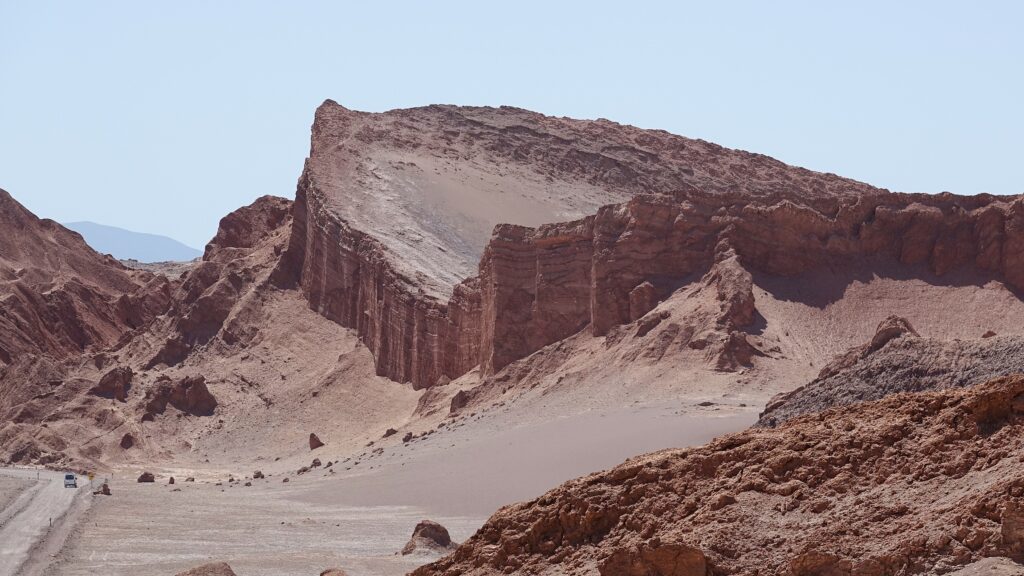
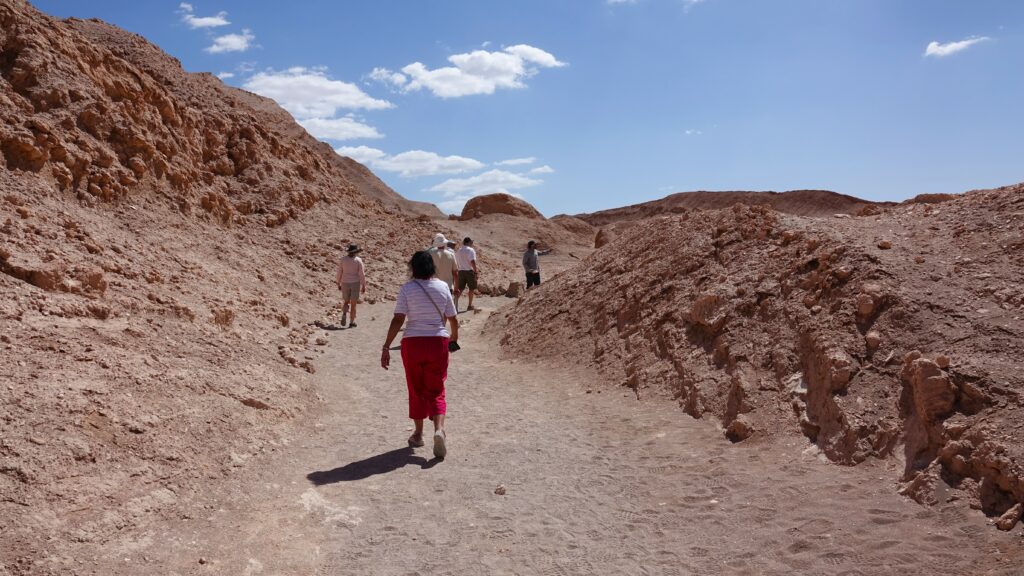
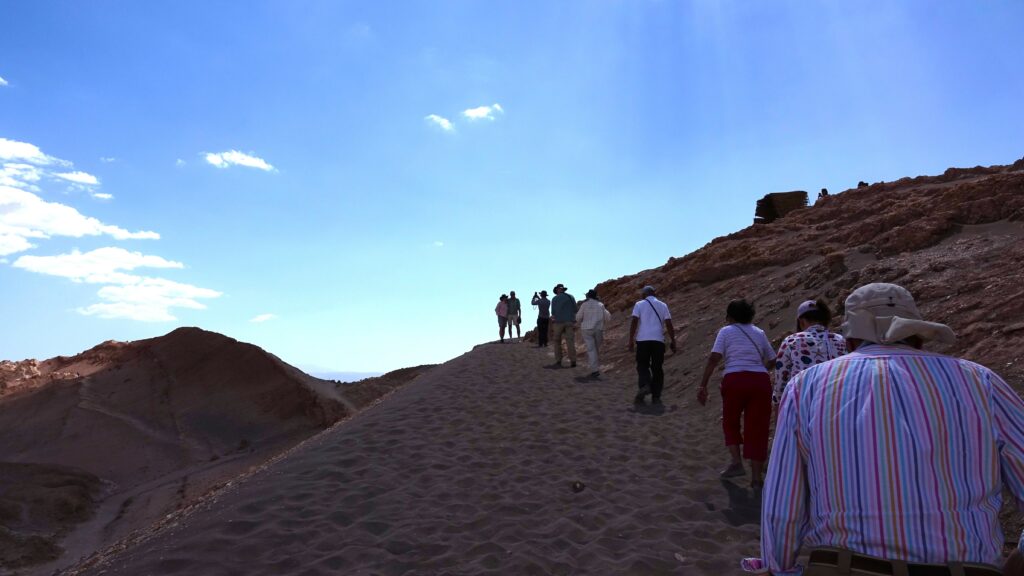
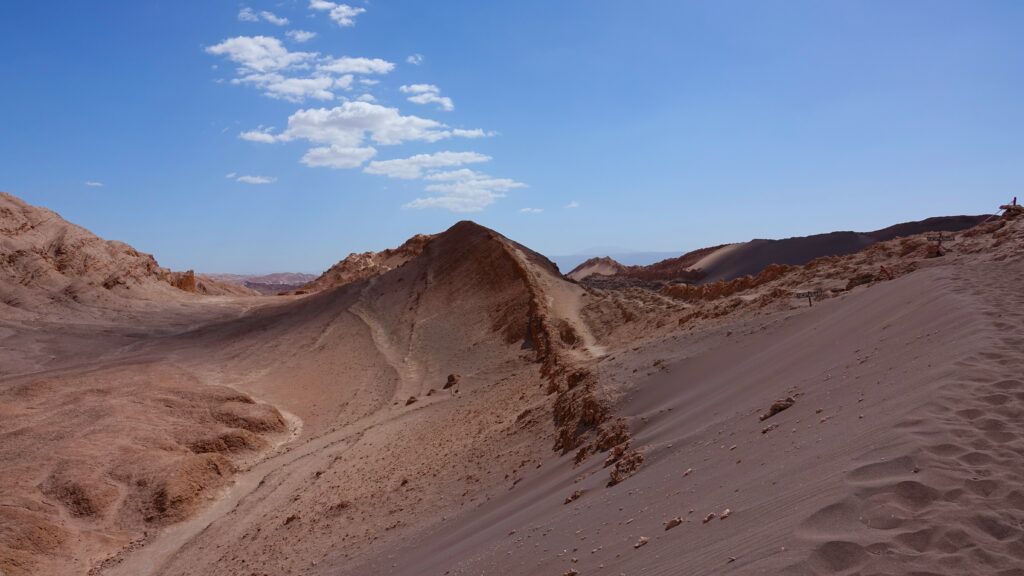
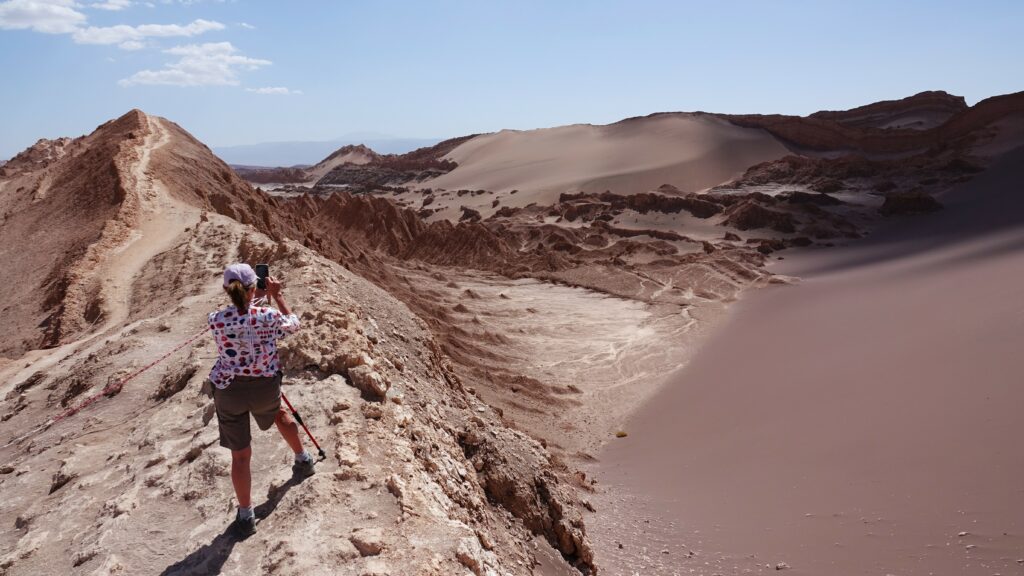
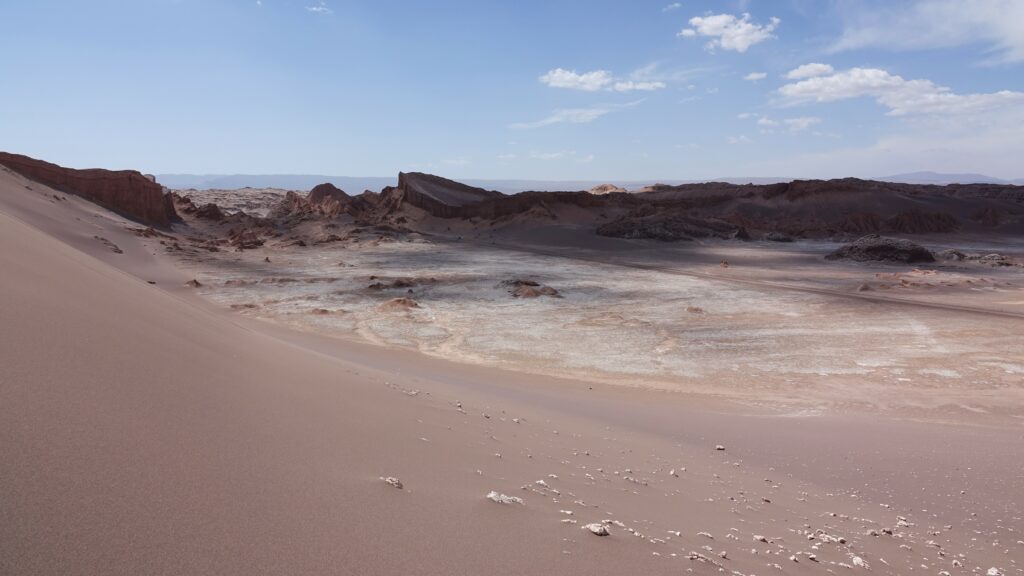
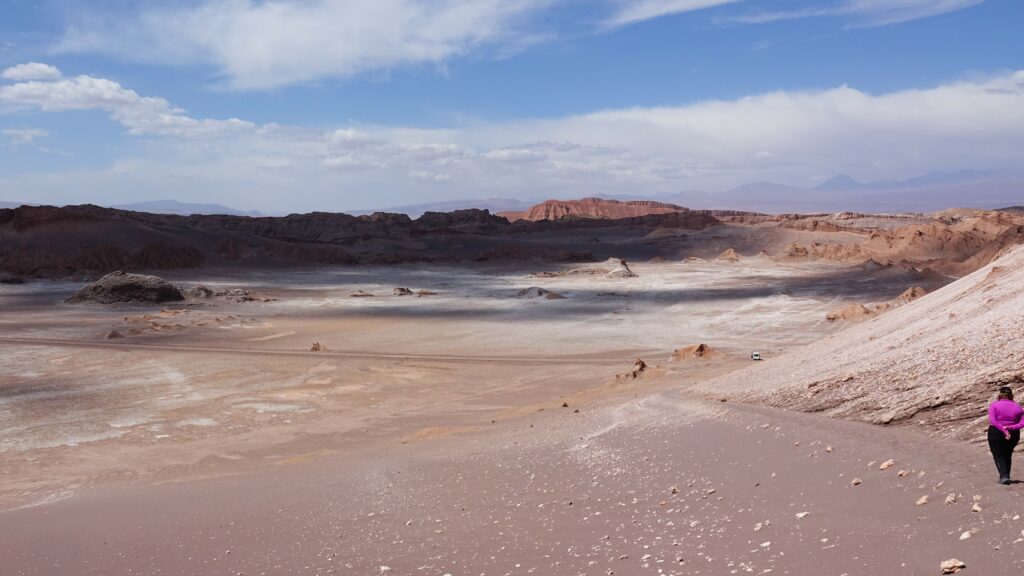

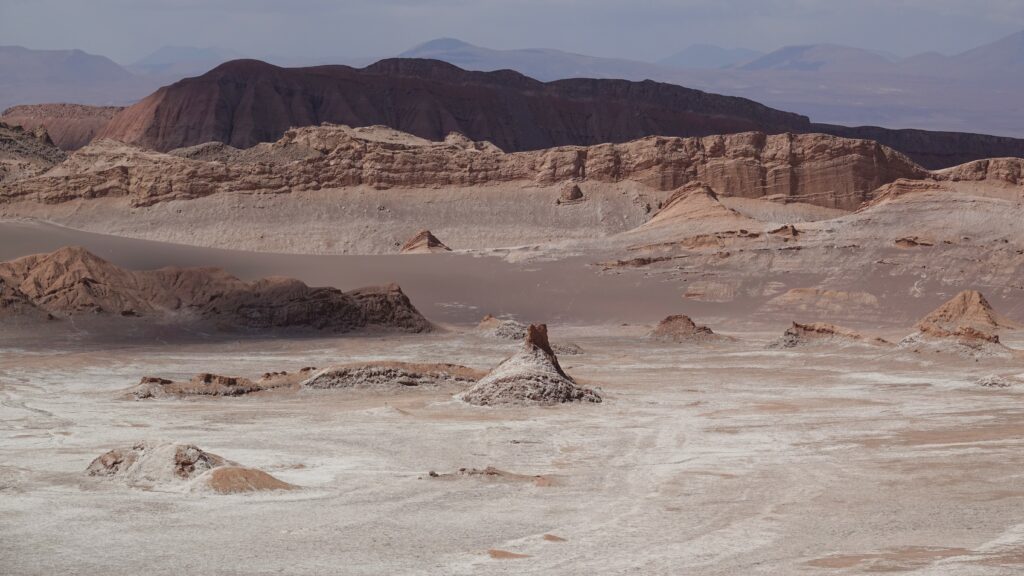
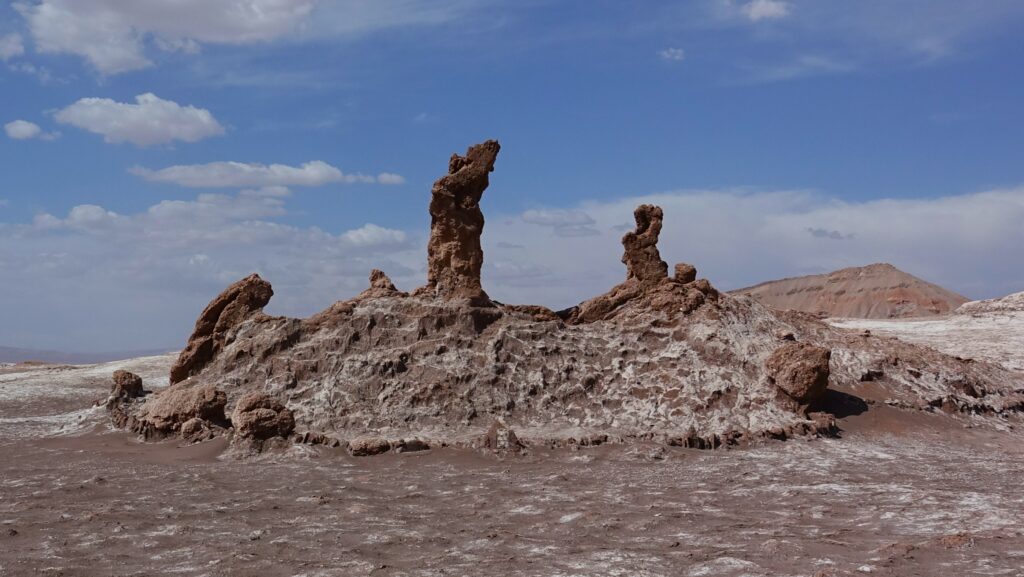
The ‘Three Sisters’ is a sacred monument for the local people, who believe that when individuals pass away, their spirits rise into the sky and become stars. During a period in November, the Milky Way’s trail swings low, seemingly touching the distant hills. This is when they believe the spirits can leave their celestial retreat to be with their families.
However, the spirits must return before the Milky Way fades at daybreak, or they risk being turned to stone, just as the three sisters were, forming the remarkable formations shown above. Nevertheless, they remain as guardians of the people.
Our last day in the Atacama desert was to follow, but what a day it was!
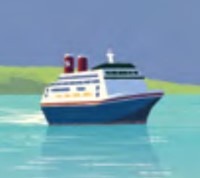
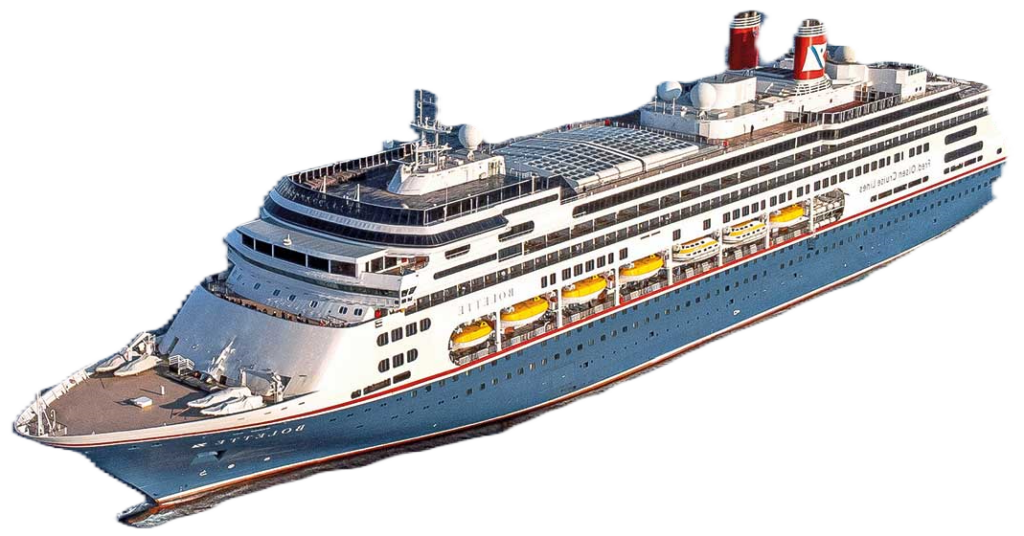
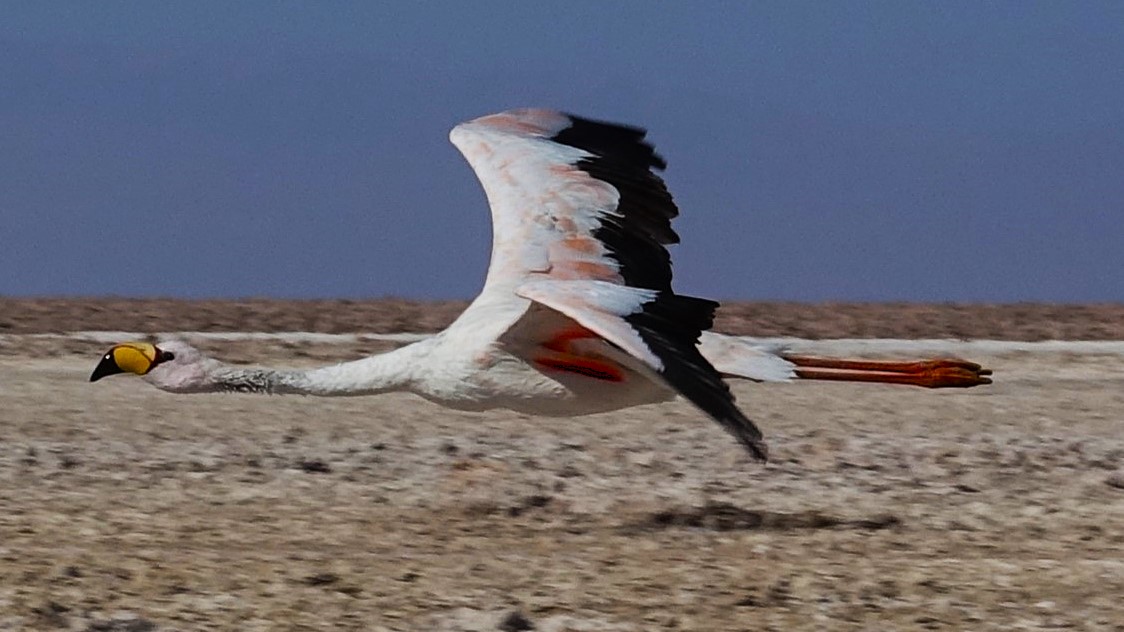
Leave a Reply